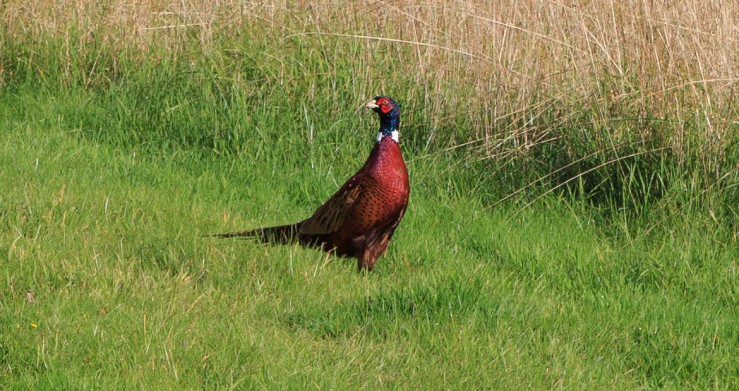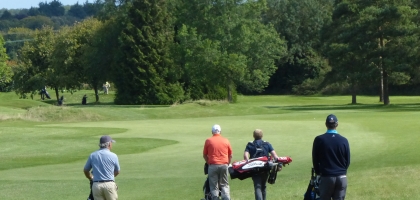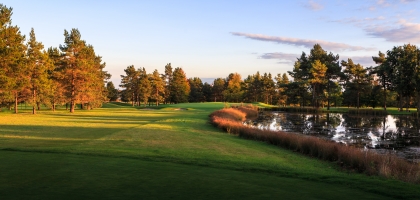Ecology
Minchinhampton Golf Club is committed to maintaining the highest environmental and ecological standards throughout its business activities. To this end, our green staff all have the necessary experience and expertise to manage all environmental work on behalf of the Club.
For many years, the golf industry has supported an environment competition for golf clubs all across the UK, in order to encourage and promote ‘Best Practice’ within the industry. This is currently operated by the Sports Turf Research Institute and managed by their Environment and Ecology department. Minchinhampton Golf Club won the overall Award in 2005 and has been awarded 'Highly Commended' for over ten consecutive years to date.
Latterly, a benchmarking system for golf clubs has been developed by the GEO Foundation (Golf Environment Organisation) which was itself inaugurated and supported by the R&A. Minchinhampton Golf Club is now a GEO-certified facility; meaning that all elements of its performance have been measured and found to be suitable for verification. To put this achievement into context, only 200 golf clubs worldwide have achieved this standard.
Land Character
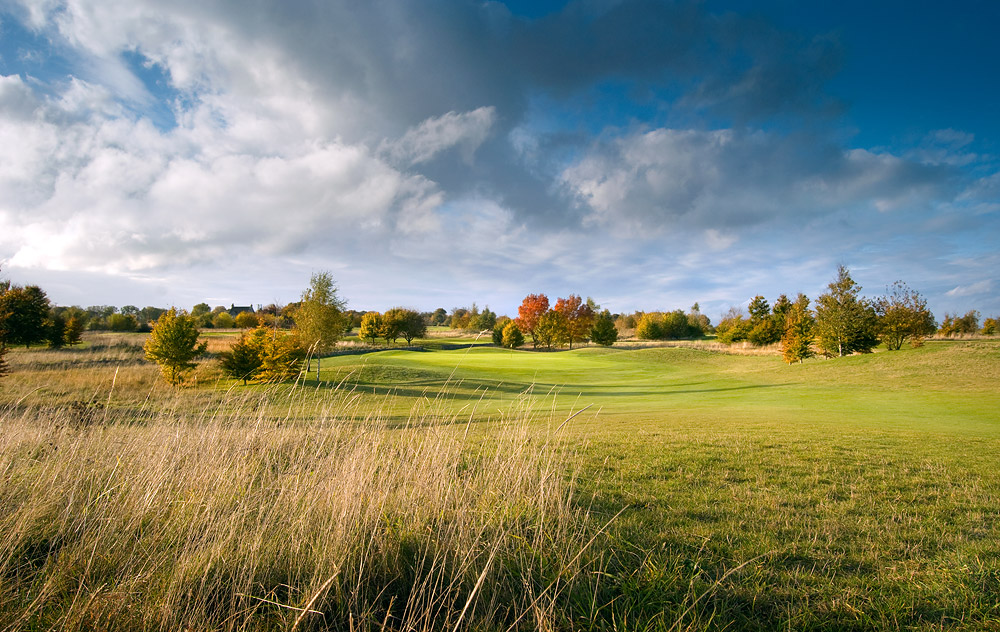
Minchinhampton Golf Club sits atop a Limestone Brash bed. As such, the typical habitat types found in the area are unimproved limestone grasslands and beech woodland. Minchinhampton Golf Club aims to create, restore and enhance such habitat types to ensure the golf courses sit as comfortably as possible in the landscape, whilst providing both a rich resource for local wildlife and a quality golfing experience.
Environmental Projects
Rough Grassland
The rough grassland found off the golfing line is known as “Ecology Rough” and is managed through annual or biannual cutting and scarifying with all clippings collected. Over a number of seasons this practice will lower the nutrient load in the soil, which will reduce the competitive ability of the grass species and produce gaps for the establishment of wildflowers typical of grasslands in the area. This process has been hugely successful and has produced in excess of 10 hectares of wildflowers around the Avening and Cherington Courses. MGC is a Champion Club within the Operation Pollinator Scheme. This is a National Scheme aimed at encouraginggolf clubs to establish wildflower areas of 0.5 Ha or more and use them to encourage and promote insect life. To this end, several bee colonies have been established on The Cherington Course in conjunction with a local beekeeper.
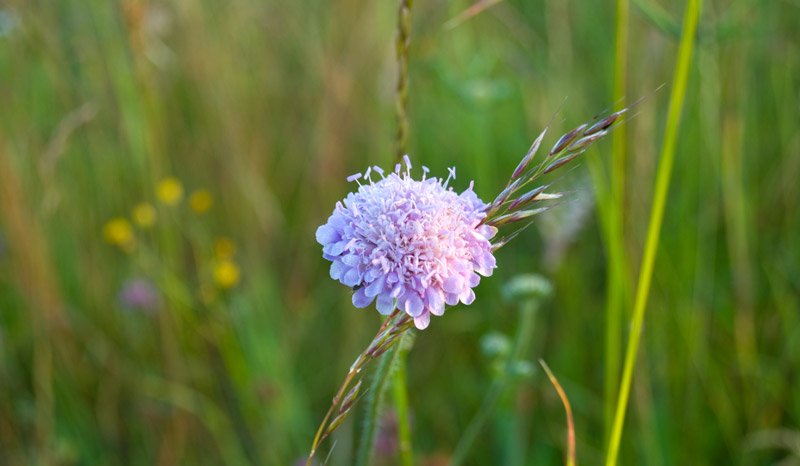
Lakes
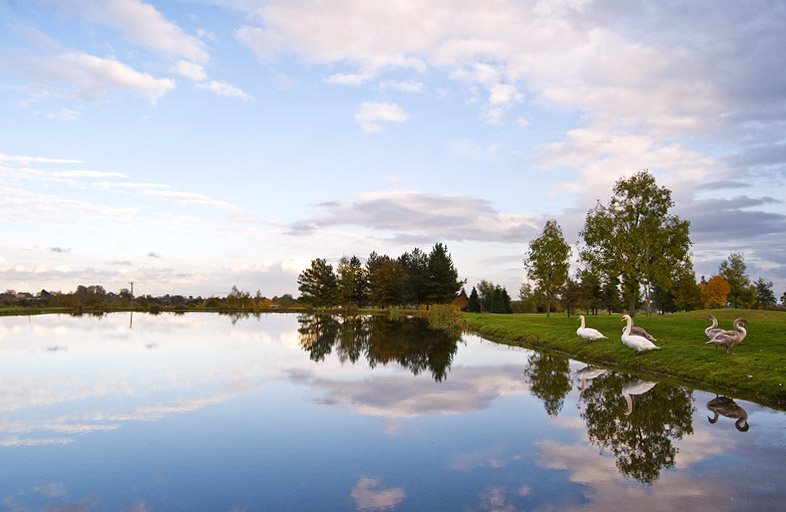
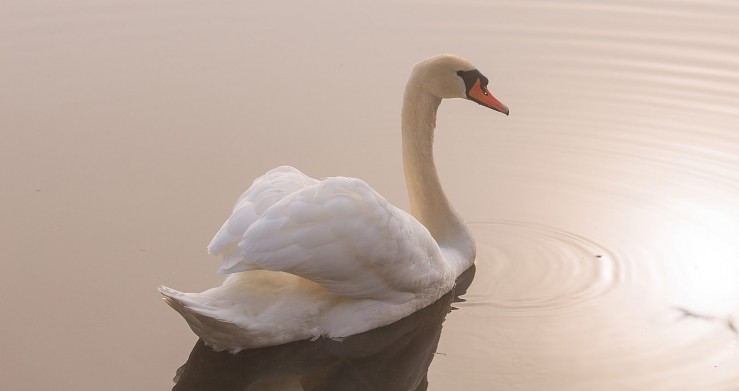
There are two lakes on site which were built primarily as irrigation water reservoirs; however they do also provide an important aquatic resource. Both lakes have been planted with aquatic plants for the benefit of wildlife and are now regularly visited and used by swans and other wildfowl such as coots and ducks.
Trees
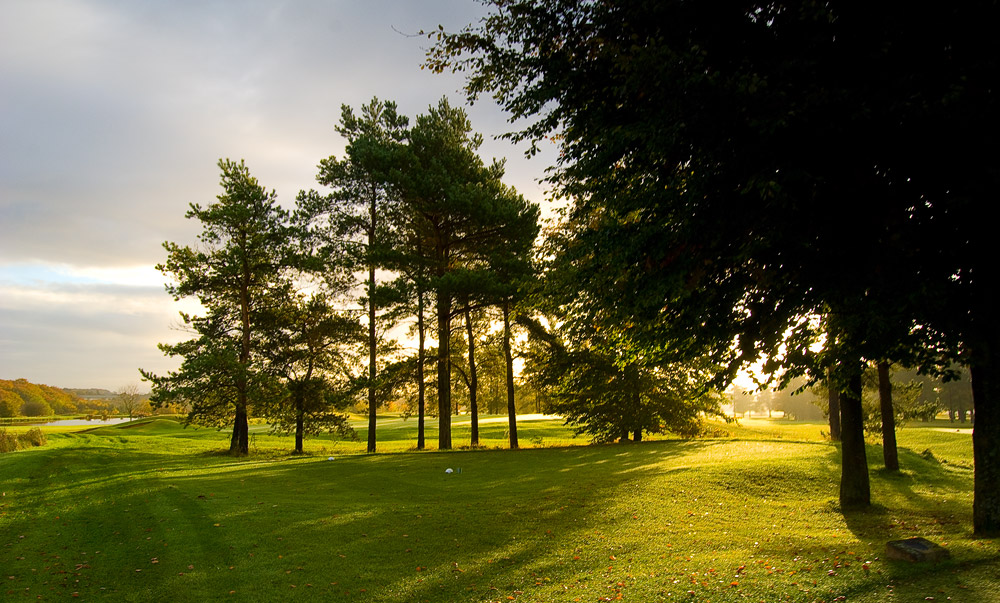
Trees are a very important resource for any inland golf club, and one which needs managing sensitively and professionally. Minchinhampton Golf Club uses a combination of its Green Committee and Course management staff, backed up by advisors from the STRI Environment and Ecology department to manage the trees. The trees are regularly surveyed noting the health, spacing, species diversity and factors such as damage. Trees are selectively removed, and often replaced and underplanted to increase diversity. Logs produced from thinning are either used to make eco-piles around the courses, distributed to Members or split and used in the Clubhouse wood burner.
Hedges & Walls
There is a diverse range of hedges present around the courses. We are fortunate to have mature hedges retained from the previous agricultural land use which have wide dense bases and form a very valuable habitat resource. Staff have been trained to lay hedgerows; and coupled with a Countryside Stewardship agreement saw over 2 km of hedges planted from scratch or replanted for improvement. Drystone walls are a famous feature of the Cotswolds. Many of the walls around the courses have fallen in to a bad state of repair, but the club has begun a program of rebuilding to counter this problem. The club is fortunate to have an experienced and qualified drystone wall builder on the greenkeeping team and he leads the rebuilding work each winter.
Waste
Minchinhampton Golf Club has a strong recycling policy and endeavours to minimise waste wherever possible. All cardboard, office paper, plastic bottles, cans and glass is collected and recycled by a local company. All organic materials are collected from the courses and composted into 200 tonnes annually of reusable material.
Energy
The Club has commissioned an energy survey on the Clubhouse and Greenkeeping buildings which was carried out by Severn Wye Energy Agency (SWEA) as part of the 20\50 carbon reduction scheme. Stage one of the scheme saw the replacement of over 200 55W halogen light bulbs replaced with 11W energy efficient LED bulbs, which produce more light than the old inefficient ones, whilst using a fraction of the energy. Stage two of the scheme will see an improved lighting scheme for the main clubrooms, which can be easily and effectively managed through light sensors, movement sensors and staff input to reduce energy usage without having a negative impact upon user comfort.
Summary
Providing good quality golf at affordable prices is the primary purpose of Minchinhampton Golf Club. Ecology work is not only seen as an important part of this service to members, but also as a way of generating interest to reach out into the local community to safeguard the future of the Club and the Sport.
